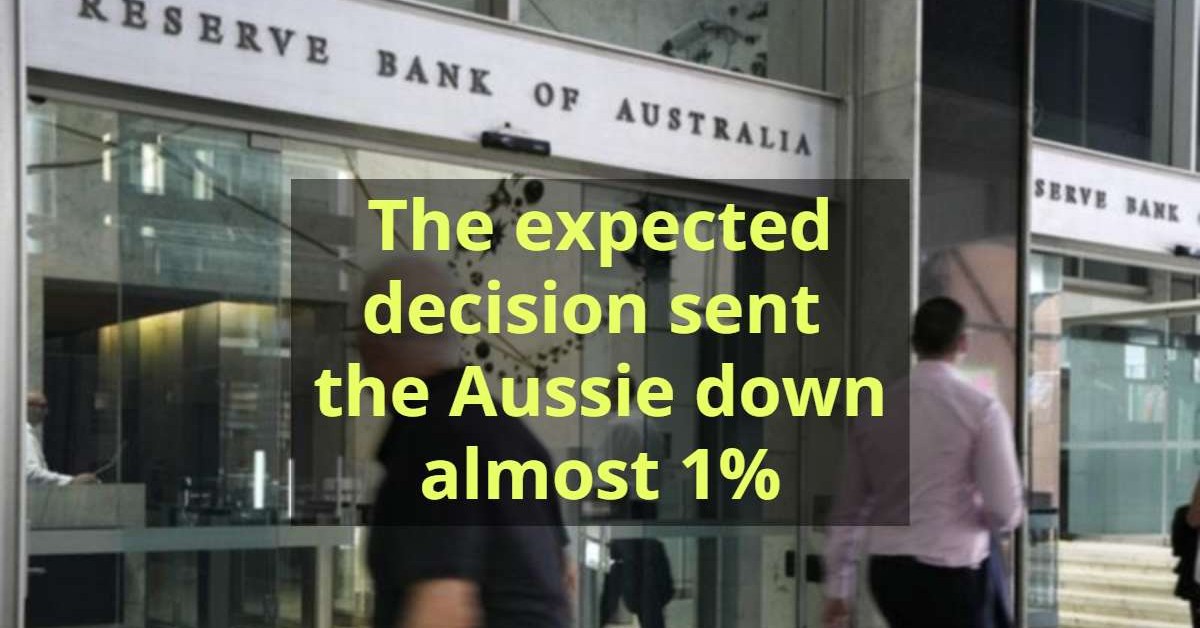As was widely expected, the Reserve bank of Australia raised the rates by only 25 bps but signaled more hikes in following meetings. Bringing the rates to 3.60%, RBA raised interest rates to over a 10-year high, but it is not the end of the cycle, as they still needed to combat runaway price pressures.
At the press conference after the meeting, RBA Governor Philip Lowe said that inflation had likely peaked, and goods price inflation is expected to moderate in the coming months. As the Chinese economy re-opened in January, we hope to see higher inflation there in the following months, directly affecting the Australian economy. Therefore, though Australian inflation eased more than expected in January, it remained near 30-year highs and the increasing risks. RBA expects to see the headline inflation down to 3% only by mid-2025, so we have a long way to go.
With only a 1.9% retail sales raise and a lower trade balance in January, which is expected to decrease even more in February, if RBA raises the rate further, as governor Lowe said, the economy will have a narrow way to avoid recession and experience just a soft landing. Therefore, if we raise rates to control inflation, as governor Lowe said, we can expect a weaker economy, fewer retail sales, and a higher unemployment rate, reasons that can increase and hold the pressure on Australian Dollar.
After RBA decisions and the strengthening US dollar, the Australian Dollar sank 1.2% from its daily high of 0.6748. From the technical point of view, with 20-DMA breaching the 50-DMA from up to down and the price moving under the OBV trend line, we can expect a downtrend to continue with 0.6493 as its next target even though it is less likely, on the flip side, if the price increase, we have 0.6895 as the first resistance.


















